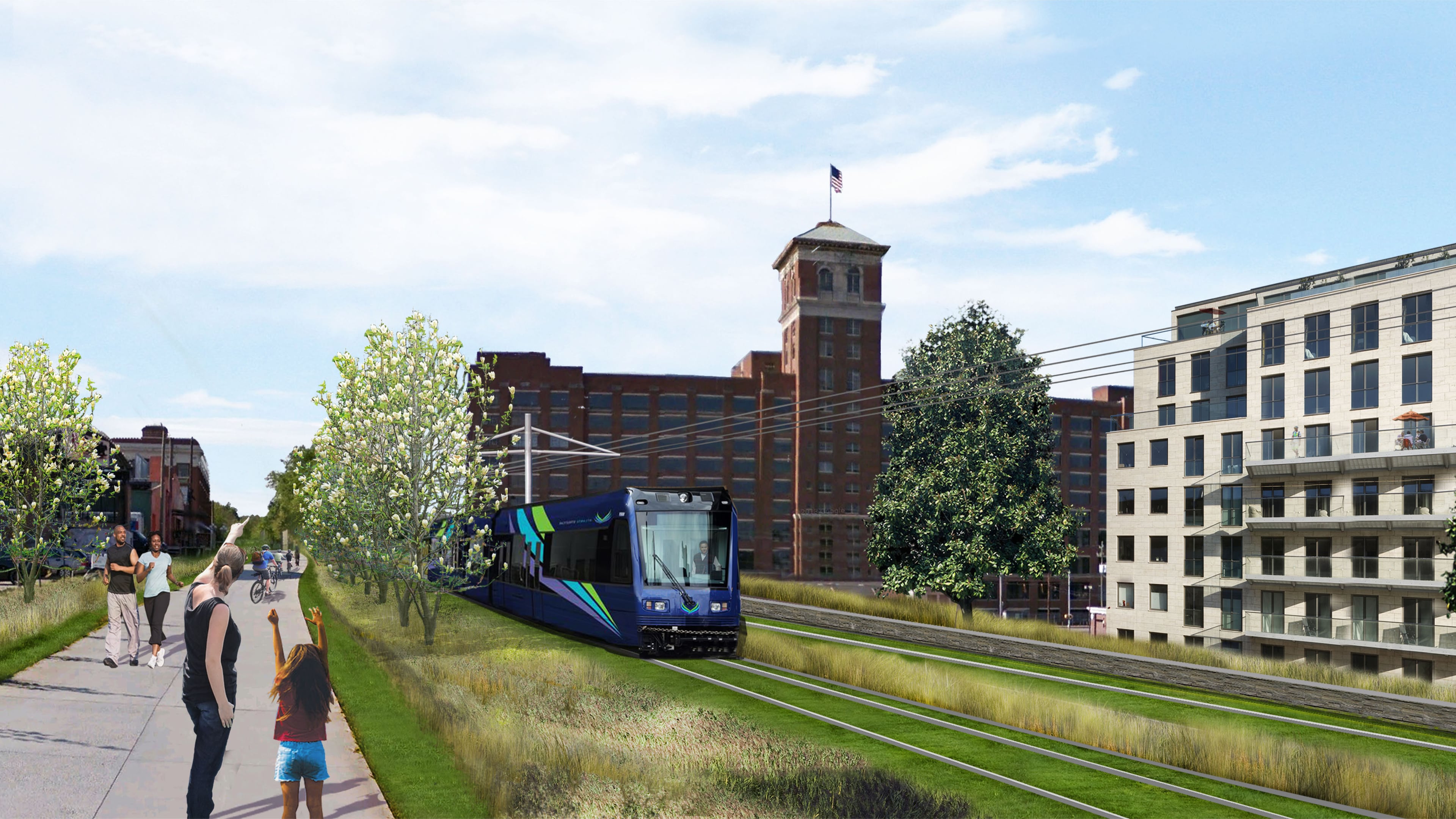Petition for safety isn’t a covert plot to kill Beltline rail

Andrea Scarantino moved to Atlanta the same year as the Atlanta Beltline.
In 2005, the Beltline, one of the country’s most ambitious and widely recognized redevelopment projects, moved from theory to reality when city and county officials approved a plan and a funding mechanism to make it happen.
Scarantino eagerly anticipated its opening. “I have long thought it is the most interesting and potentially transformative urban intervention since I have been in Atlanta. I am 100% behind the Beltline,” he said.
A resident of Poncey-Highland, Scarantino lives near the Beltline’s Eastside Trail and happily enjoyed it for years.
But after his daughter was born, he began to view the crowds, the congestion and the chaos through the eyes of a concerned parent. Today, when he asks himself if he is comfortable taking his 5-year-old daughter to ride, run or walk on the Beltline, his answer is a definitive no.
In early October, he decided to do something about it. He drew up a petition to demand safety on the Beltline, and wondered if anyone would sign it.
His Change.org petition has almost 600 signatures as of this week, but Scarantino is hoping for at least 1,000.
Despite the cynicism toward politicians and the pervasive feeling among Atlanta residents that we have lost control of the Beltline, Scarantino believes average Atlantans can still influence the decisions that local leaders make about its future.
The most urgent problem on the Beltline, he said, is pedestrians, bikers, e-bikers, scooters and others all sharing the same path. It’s a recipe for disaster, he said, that has already resulted in more reported incidents.
His petition proposes posting and enforcing speed limits, using a centerline to separate directions of transit and expanding the path to create separate lanes for wheeled vehicles and pedestrians.
Much like Scarantino, I stopped going to the Eastside Beltline in 2018 once I realized how hard it would be for my daughter to roller skate or bike through the increasingly dense crowds.
We opted for the less populated Westside Trail, but we stopped going there after a man chased us through an isolated stretch of the path.
So, I’m all for improved safety on the Beltline, and to me, increased safety isn’t limited to reducing congestion.
I mentioned to Scarantino that many of the incidents that happen on the Beltline also happen on the city streets and sidewalks.
Scarantino agreed that there is a basic lack of street etiquette, whether on or off the Beltline, but he also rightly pointed out that it is particularly dangerous when you are in a more confined space.
“The fact that the intended users of the Beltline can’t use it is a failure of imagination or policy,” said Scarantino.
The reason the proposed solutions haven’t had more support is that they are being tied to the development of rail transit, he said.
The (third) rail is the proposed transit for the Beltline that includes light rail running along the same 22-mile loop as the trail, a plan that has left a deep divide among residents, business owners and developers.
Much of the public debate surrounding light rail on the Beltline is dominated by two advocacy groups, each representing opposite ends of the spectrum.
But before we talk about adding rail, Scarantino said, we should talk about resolving congestion.
“Neither party is starting from the right questions,” he said. “Adding the rails doesn’t mean the problem is resolved. It could get worse.”
He isn’t wrong, but when you’ve created an “if you’re not for it, you’re against it” mentality around an issue, it’s hard to move any conversation forward.
It wasn’t long before people began accusing Scarantino of running a covert operation to kill Beltline rail transit.
“I realized the rail debate thwarts progress,” Scarantino said. “My petition is structured in a way that should make it clear that we don’t want to take a position yet on the issue of the rail.”
I appreciate Scarantino’s grassroots effort to move conversations about the Beltline back to the people and his attempt to separate the issue of safety from debate about the rail.
As we ended the call, he mentioned that the main advocacy group opposing the Beltline rail had seen his petition and wanted to talk to him.
He looked forward to the conversation.
Fingers crossed that his mission doesn’t get derailed.
Read more on the Real Life blog (www.ajc.com/opinion/real-life-blog/)
Sign up to get my column sent straight to your inbox. https://www.ajc.com/newsletters/nedra-rhone-columnist/



